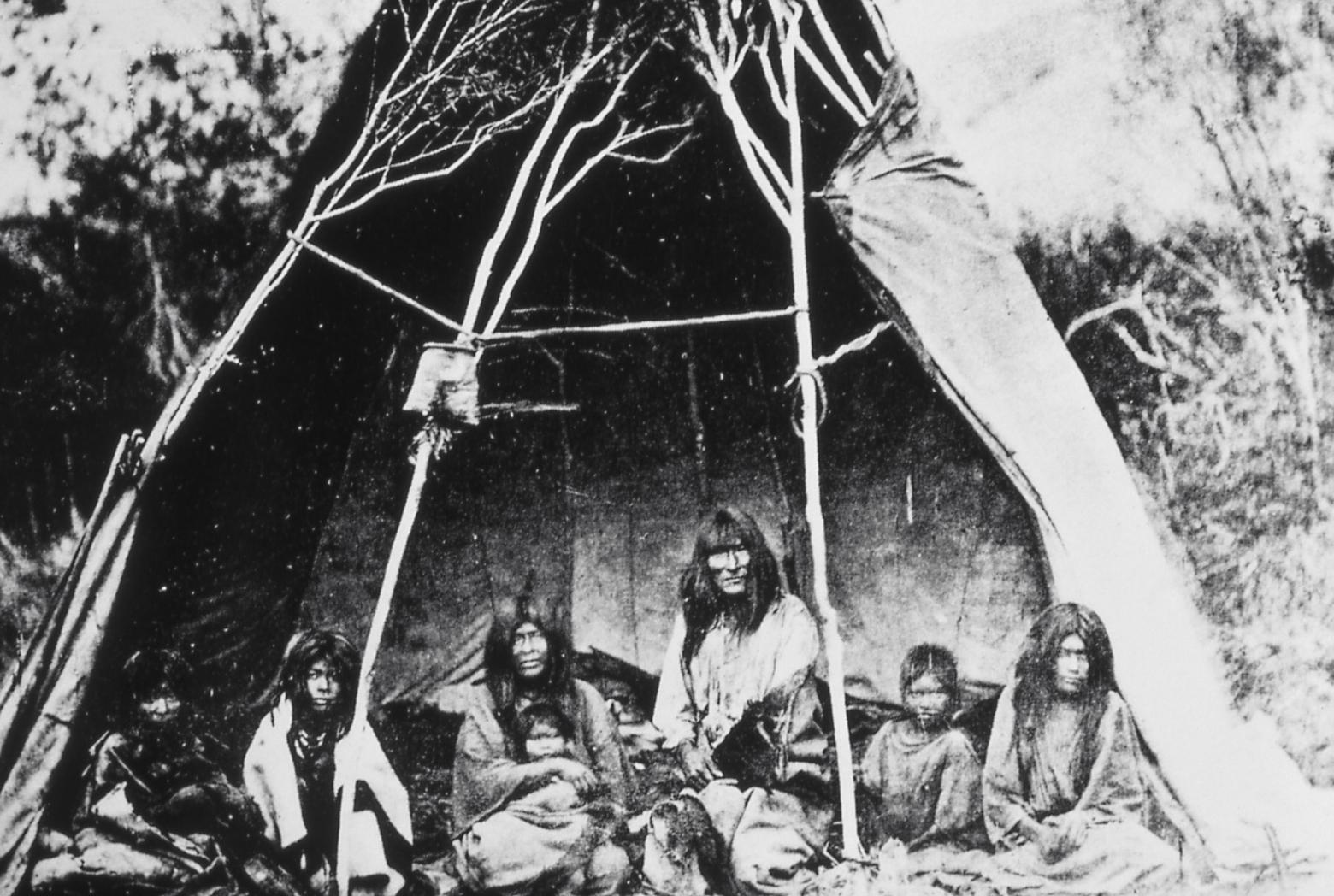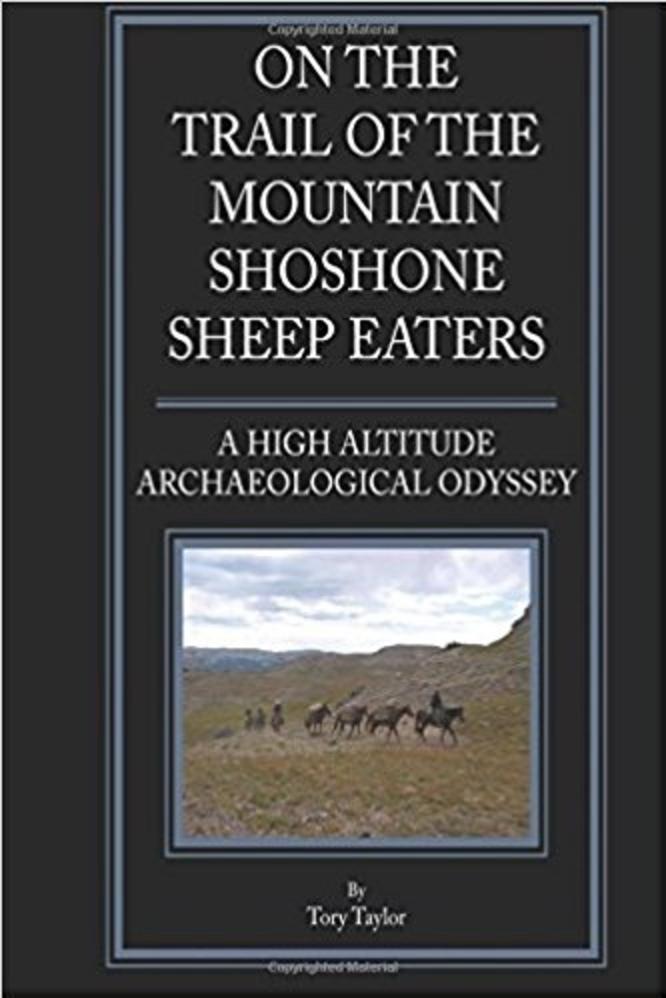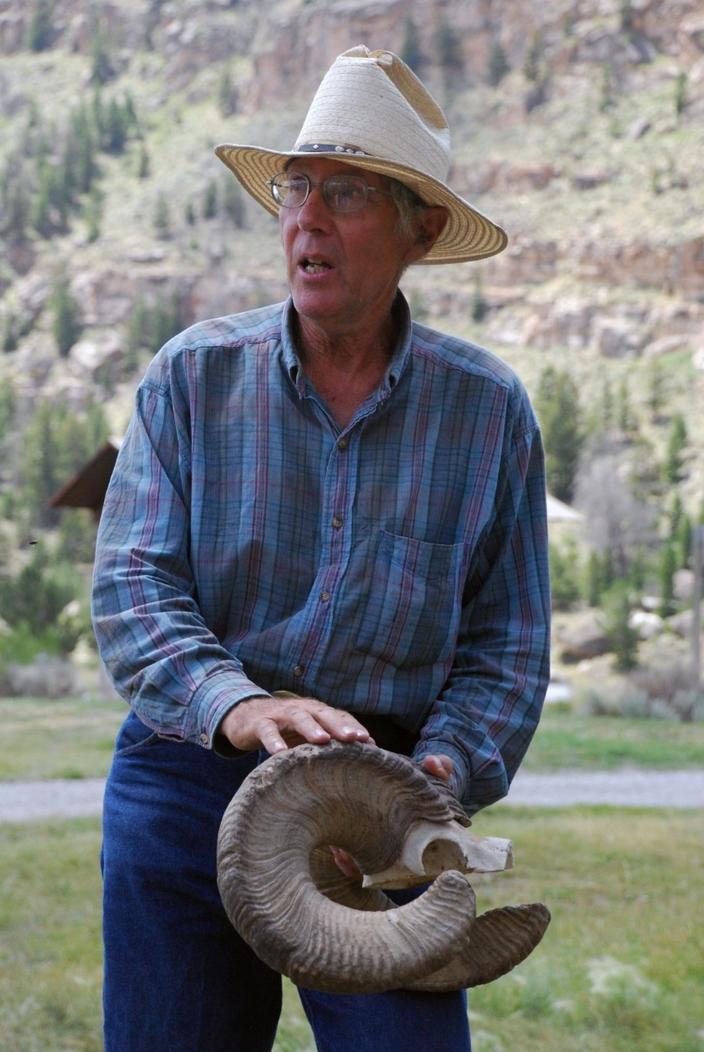Back to StoriesTory Taylor's Search For The Elusive Sheepeaters
October 25, 2017
Tory Taylor's Search For The Elusive SheepeatersIn His New Book, The Retired Outfitter/Guide From Dubois, Wyoming Picks Up The Trail Of Greater Yellowstone's Oldest And Most Mysterious Mountain People
Earlier this year, tantalizing new research based on
mastodon bones was reported, suggesting that humans might have been in North
America far longer than we’ve been long lead to believe—for 130,000 years rather
than the much shorter post-Pleistocene estimate of 13,000.
Whether for 130 millennia or 13, it’s a long, long time of human
presence on the continent. Epic, in
fact, compared to the superficial way we flag-waving “Americans” are taught to
think about history, even in our own backyards of the northern Rockies.
If you’re in southwest Montana, non-pre-history “started”
with the arrival of Lewis & Clark passing through in 1804 or, if in Jackson
Hole, with the brief wanderings of Davey Jackson, Jim Bridger, or with the
first permanent white settlers to take root five, maybe just six generations
ago.
We treat true native inhabitation as exotic, as if it’s an “other”,
as if we still can’t seem to wrap our minds around the fact that long before the
Egyptian pyramids were getting built, the Roman and Greek empires rose and
fell, and “civilization” blossoming in Mesopotamia, people were here, within
viewshot of where you are reading this, making a living.
° ° °
Tory Taylor is a man of the mountains. For 30 years, he and
his wife Meredith operated a backcountry outfitting and guide service based in
Dubois, Wyoming and they’ve ventured into many of the wildest corners of the Greater
Yellowstone Ecosystem.
While Taylor understands and venerates the proud tradition
of outfitters and guides, some of whom have been doing it for generations, he
struggles mightily with the notion of “pre-history”, as if the tenure of what
happened before we got here doesn’t matter.
In 1994, Taylor was on a horseback ride through the high ramparts
of the Wind River Range when his boot kicked up something buried in a mat of
pine-needle duff. What emerged was not a
mastodon bone but a soapstone bowl.
Hand-carved, its date of creation still isn’t exactly known, but it
likely belonged to a member of the Mountain Shoshone, also known as “the
Sheepeaters”.
In fact, additional evidence continues to be unearthed
showing how the Sheepeaters roamed our region, toting a sophisticated
understanding of how the natural parts of Greater Yellowstone worked because
their survival, across generation after generation after generation, depended
upon it.
Taylor’s book On the Trail Of The Mountain Shoshone
Sheep Eaters: A High Altitude Archaeological Odyssey is not a scientific
treatise. It is a breezy, 140-page volume of discovery as the author reveals
where the artifacts he found led him.
The trail includes his interaction with archaeologists and paleontologists
who pull back layers of human connection to the land that are invisible to most
of us.
Apart from William Henry Jackson’s probably misleading and
widely circulated black and white photograph of the Sheepeaters, showing a
family in a wikiup, little, relatively speaking, is known about this subset of
Shoshonean people. Jackson took the photo in 1871 outside of Yellowstone during the same stretch when he and painter Thomas Moran were in the West with the Hayden Expedition, assembling the case for Congress to make Yellowstone the world's first national park.
Bands of Sheepeaters lived in Yellowstone but archaeologists say that as a group they were much wider ranging.
Where Taylor’s book succeeds is in applying his own
perspective as a mountain wanderer, possessing a keen appreciation for the
challenges, nuances and topography of the high country. A modern hunter and gatherer himself, he
contemplates nutrition via “the Paleo diet”, and travel with and without the
aid of horses, and clothing and portable shelter prior to advent of North Face.
He ponders vistas that were about staying alive instead of
merely satisfying our modern, self-focused indulgence of recreating simply to
have fun.
How is the ken of place different between Greater
Yellowstone’s self-proclaimed 21st century “explorers” and
“adventurers” and the Sheepeaters’ depth of knowledge in their era—one without
Google maps ready on the cell phone and real-time weather reports warning one that it
is time to take cover?
All of this is not a total knock on our sense of reality, in
which a 10,000-square-foot trophy home, hot tub and dram of Scotch awaits after
a hard mountain bike ride or afternoon of making turns off-piste.
Instead, it is declaration that Tory Taylor’s book forces us
to think, to imagine the long, long, long span of time when the skills learned
by living as a community in sync with nature and not in defiance of it, was the
norm, not the exception.
On The Trail Of The Mountain Sheep Eaters prompts more
questions than it answers. Taylor takes
us to places we think we know like the back of our hand but what we discover is
something far more breathtaking.
Related Stories
March 13, 2019
The Perils Of Going Along To Get Along
What does it say about us when we have leaders who don't have the courage to act?
July 17, 2024
On ‘A River’
A new
biography dives into the life of author Norman Maclean, his writing and his
motivation behind the greatest fly-fishing story ever told.
...
November 7, 2017
Why Don't We Shoot Bald Eagles For Sport And Fun?
Some Argue The Reason We Remove Animals From Federal Protection Is To Hunt Them. Are They Right?






